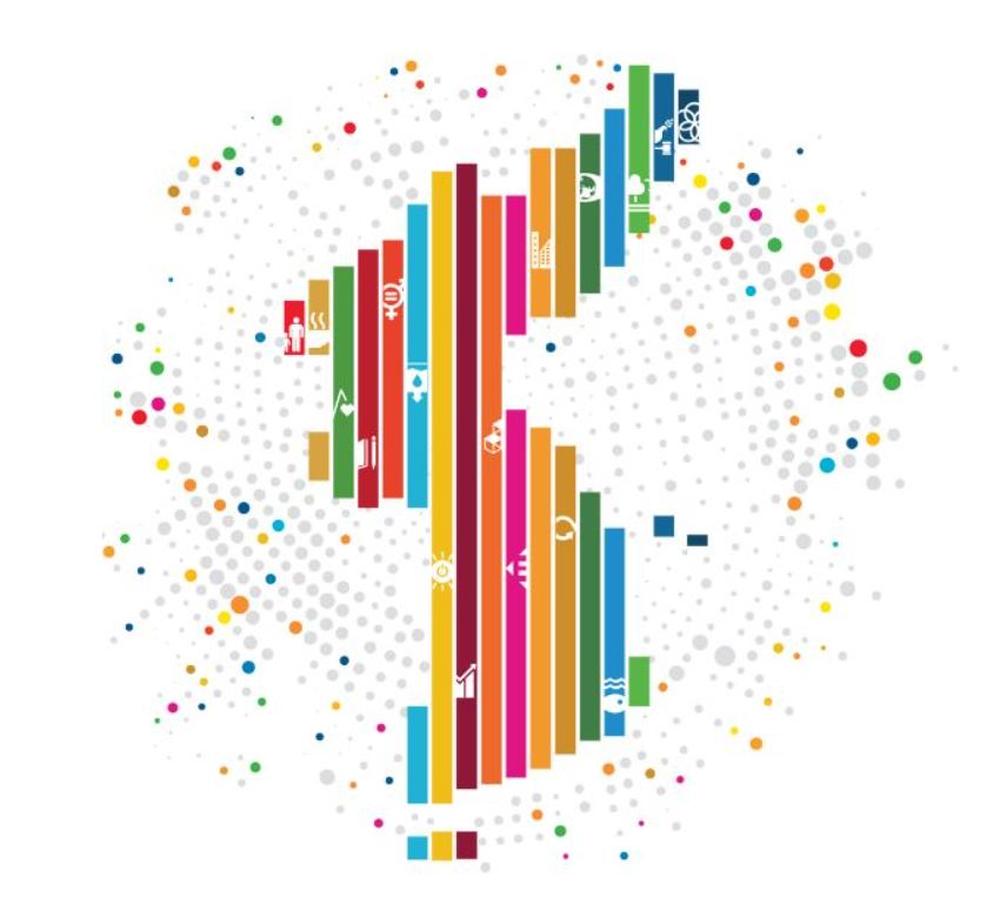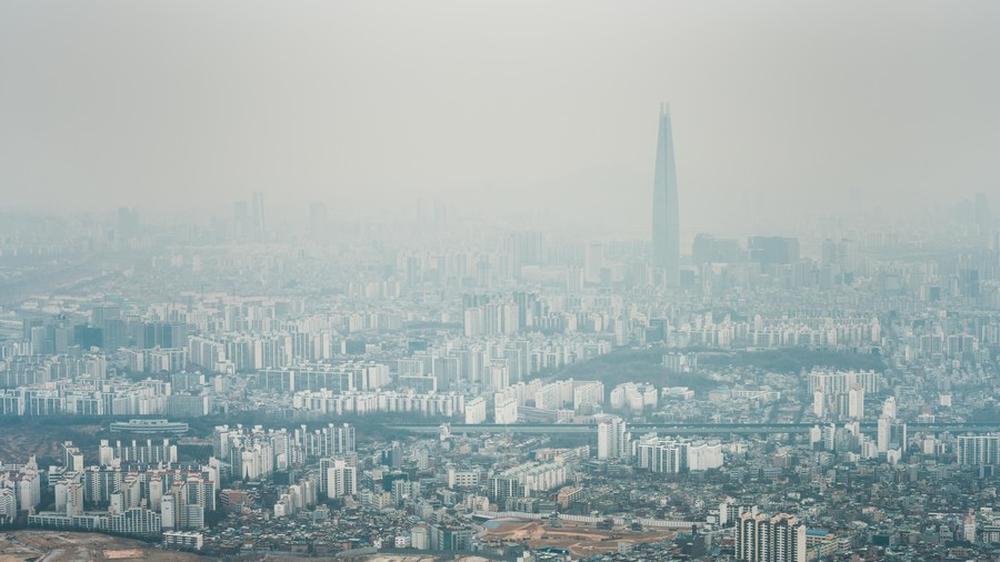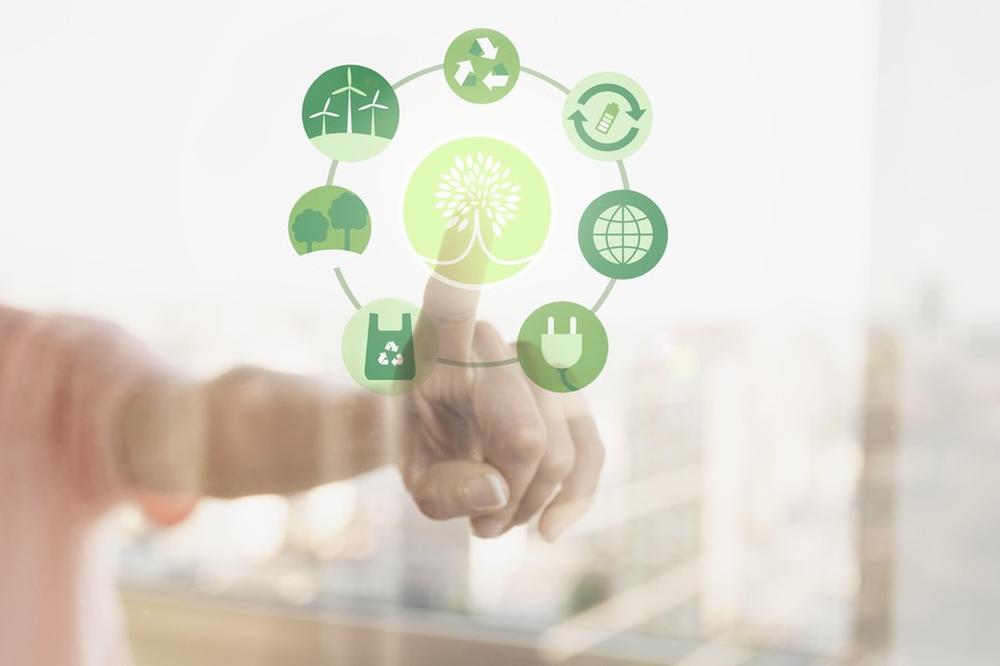- #Economy & Trade
- #Global Issues
- #South Korea

► Out of the twenty-two countries that submitted their NVRs in 2016, all have submitted additional NVRs since, with only two exceptions: South Korea and Venezuela.
► There is still a significant gap between what data needs to be gathered to assess progress and what data is currently available.
► As for greenhouse gas emissions, the consensus is that progress has been made, but not sufficient to meet the targets set.
In 1996, South Korea passed an historic milestone: it officially transitioned from a developing country to a developed country (Paterson 2019). This transition was recognized when it joined the Organisation for Economic Co-operation and Development (OECD), and then further solidified by its accession to the Development Assistance Committee (DAC) in 2010 (OECD 2023). This membership has played an important role in helping to foster South Korea’s image as a good global partner in pursuing important goals within the international community. The OECD as an institution has been at the forefront of creating consensus around sustainable development, and played a central role in the development of the Millennium Development Goals (MDGs), the precursors to the current Sustainable Development Goals (SDGs) that replaced the MDGs in 2015 (OECD 2023).
The seventeen SDGs were ambitious when they were drafted, carrying forward the basic goals of the eight MDGs, aimed at the elimination of poverty and its companions, hunger and poor health. But the SDGs represented a significant shift by adding goals that acknowledged the increasingly important challenges created by climate change and environmental degradation. Given South Korea’s rapid economic rise, this shift toward recognizing the costs associated with growth poses a significant challenge.
As we approach the deadline for SDG attainment in 2030, it is a good time to take stock and examine South Korea’s contribution to see what remains to be done. South Korea’s recent example as a country that has moved into the echelon of the developed world has been held up on multiple occasions as something to be emulated (World Bank 2023; Korea Development Institute 2023; Kim and Kim 2021; Arthur 2023). Developing countries look to South Korea as a model for their own development, and as such, its progress toward the SDGs is an important one to note. How is South Korea progressing on the indicators related to the seventeen SDGs agreed to in 2015?
The Beginning
South Korea began its journey toward the SDGs with its first (and only) National Voluntary Review (NVR) in 2016, a process recommended (but not required) by the United Nations for each member nation to assess strengths and weaknesses in moving toward goal attainment. The Review is produced by countries that seek to benchmark where they are, and lay out a plan for future action. The South Korean NVR highlighted events, legislation and policies beginning in the early 1990s with the 1992 Earth Summit and continuing through to a variety of legislative actions taken in 2014 that brought SDGs into corporate boardrooms and public classrooms all across the country (Commission on Sustainable Development (CSD) 2016). In this initial NVR, each of the seventeen SDGs is matched with the corresponding legislation or policy adopted by the government to address the particular goal (CSD 2016: 9-12). What is striking about the table and the report is that the reader is left with the impression that South Korea has been thinking sustainably about development since the early 1990s, and that despite the shift in focus between the MDGs and SDGs, South Korea should have little difficulty in meeting its goals at home. In addition, its plans to incorporate SDGs into its overseas development assistance (ODA) programs signals the country’s desire to help other countries achieve the SDGs as well (CSD 2016: 26-30). As beginnings go, this one seems particularly auspicious.
However, there are three points that undermine the rosy portrayal of the future. The first two are within the NVR itself: the review highlights a few areas that are concerning, especially greenhouse gas emissions (highest in the OECD) and gender equity (CSD 2016: 20); and the national office in charge of collecting data on domestic concerns, the Korean Statistical Information Service (KSIS), identified 230 indicators that measure progress toward goal attainment. Of those 230, “21.7 percent need some improvement (Tier2) and 38.7 percent require the development of appropriate methodology (Tier3). Still, about 8.3 percent of the indicators are not clearly categorized.”(CSD 2016: 31). It is difficult to measure progress if the data for measurement is not being collected.
The last caveat is in the lack of any additional NVRs from South Korea. Of the 189 countries that have submitted NVRs, 65% have submitted two or more, putting South Korea in the minority. Additionally, of the twenty-two countries that submitted their NVRs in 2016, all have submitted additional NVRs since, with only two exceptions: South Korea and Venezuela. Given Venezuela’s deteriorating political situation since 2016, the lack of an additional NVR is understandable. South Korea has no similar reason for not updating the original document.
Current Assessment
Perhaps the lack of revisions is because South Korea already had adequate policies in place in 2016, and the question was only one of implementation. Since the collection of data was an issue in 2016, has South Korea moved forward in the intervening years? To answer this question, I look at two reviews that were conducted, one by the South Korean government in 2019, and the second conducted by the OECD in 2022. In 2019, the Moon Administration commissioned a study to assess Korea’s progress toward achieving the SDGs, and to further clarify the measures appropriate for Korea’s situation (CSD 2019). The report starts on a sobering note: it states that in 2017, South Korea’s ranking on the OECD’s Better Life Index dropped from 25th in 2014 to 29th out of 38 countries (CSD 2019: 6). The drop is attributed to the lack of attention paid to integrating social, economic, environmental, and “geographical” issues (problems associated with North Korea and the continued separation of the two Koreas) that often work together to create challenges to positive change. In order to refocus efforts, Korean SDGs (or K-SDGs) were formulated resulting in 122 new targets across the 17 SDGs, with 218 indicators to measure progress. Given that South Korea’s economic progress has eliminated the need to work towards goals like ending hunger and malnutrition, such refocusing seems reasonable. But how these goals differ from those identified previously is not discussed, and there is still a significant gap between what data needs to be gathered to assess progress and what data is currently available (CSD 2019: 17-39).
In turning to the external review by the OECD, the picture is much clearer (OECD 2022). Of the 128 targets outlined by the U.N., South Korea has already met 28, with 7 more likely to be achieved by 2030 (OECD 2022: 1). However, the OECD report contradicts some of the K-SDG report. With respect to SDG 2, for example, No Hunger, on all indicators, South Korea appears to be losing ground. And with respect to the issues identified in the initial NVR as needing attention (gender equity and greenhouse gas emissions), the situation appears worse. Of the 6 targets set for gender equity, only two have data being measured to assess progress, and of those two, only one target (women’s empowerment) is on track to be met (OECD 2022: 5). As for greenhouse gas emissions, the consensus is that progress has been made, but not sufficient to meet the targets set (OECD 2022:7). And as for data collection, out of the 128 targets set, data is only available for 68, making assessment of progress haphazard at best (OECD 2022:1).
What Lies Ahead?
The Korean government has dedicated a great deal of time, thought, and effort to creating goals for itself that will help the country achieve the SDGs. However, it has not made much progress in going beyond its initial plan in 2016, and much of this lack of progress can be attributed to how it collects information. For a country that prides itself on a knowledge-based economy, this shortcoming should and can be addressed. The next few years will be extremely important ones, and using data that is already available but not necessarily collected by the government could go a long way towards filling in the information gaps that keep Korea from knowing its own progress.
Jill L. Tao holds a Ph.D. in Comparative and Development Public Administration from the Askew School of Public Administration and Policy at the Florida State University and is currently a Professor in the Department of Public Administration at Incheon National University (INU). Professor Tao previously served as the Dean of the Office of International Affairs at INU, and currently teaches courses on international development cooperation and environmental policy. She has worked with the United Nations University, Operating Unit on Policy-Driven Electronic Governance (UNU-EGOV) Unit in Guimaraes, Portugal, to help develop an experimental research project comparing attitudes towards e-government between South Korea and Portugal. Professor Tao is pursuing research on the nexus between the exercise of political power and bureaucratic discretion in democratic and non-democratic contexts.


